Today is sort of a double-whammy. I know I said I’d only commit to doing the first Fudangi Friday of each month, but I figured since I was doing this project anyway I may as well do something that’s applicable to both challenges. These casual but still festive florals fit the bill perfectly. I realised while I was plotting out coordinations that these two pieces I have both fit into the colour scheme I’ve got going for Christmas and have somewhat seasonally appropriate motifs. Kiku is generally a late fall/November flower, and ume is a late winter/February sort of thing, but since we’re sort of smack-dab in the middle of the season I feel like putting them together works out well.
The green haneri and obi help pull out the bits of green foliage in the haori, but red and creamy white still dominate this outfit, which is fine with me. The Christmassy aspect of this one feels much more subtle to me than yesterday’s, for example, but in the right context it feels no less thematic. This outfit wouldn’t feel out of place at a relaxed holiday gathering, but it also wouldn’t feel out of place at any other event during the winter, even if it’s not a holiday-specific thing. I like that. It’s versatile!
Also, I don’t know if anyone other than me noticed this but the poor mannequin has been progressively sinking lower and lower lately and I finally got fed up and tightened her up. Considering one of my primary considerations when buying kimono is my own height (newer readers who are mostly familiar with the mannequin and not photos of me might not be aware but I’m 179cm or 5’10” tall) so as she shrank, the kimono I was putting on her were getting longer and more unruly XD
Lastly, here’s a better photo of today’s furry guest star, since in the main ones he’s kind of hiding behind everything. Poor Vinnie, can’t catch a break!
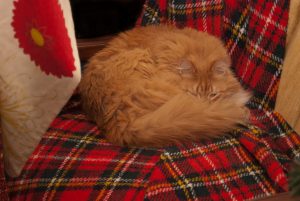
Items used in this coordination
- Asanoha and Ume
- Yuzen Autumn Florals
- White on Green
- Mixed Cotton

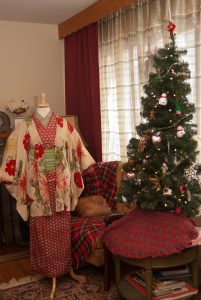

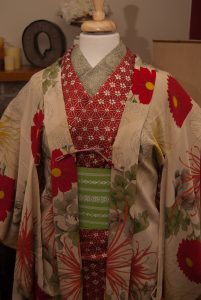
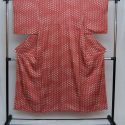
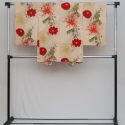
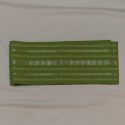
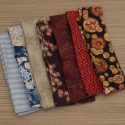
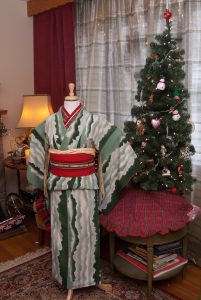
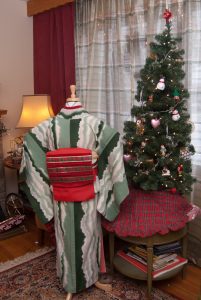
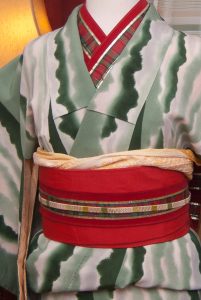
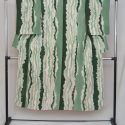
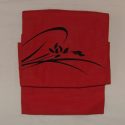
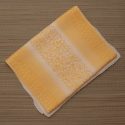

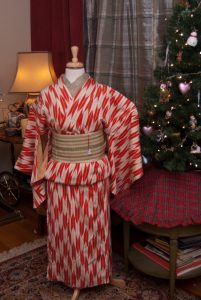
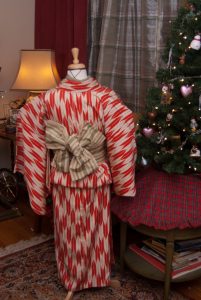
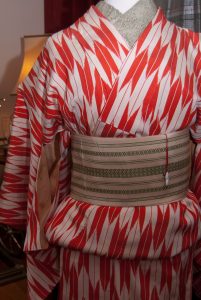
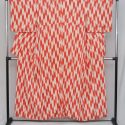
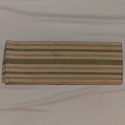
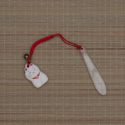
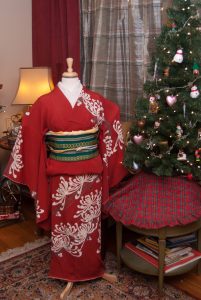
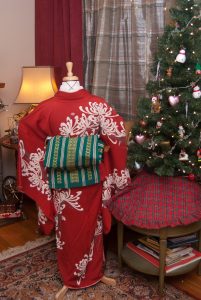
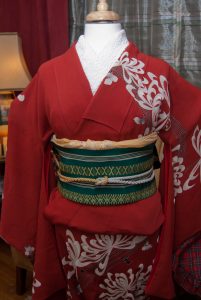
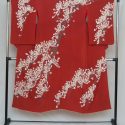
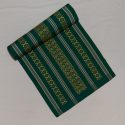
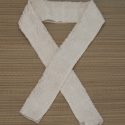
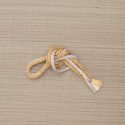
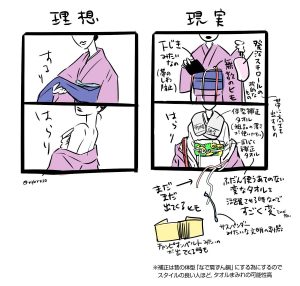
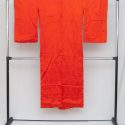
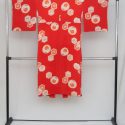
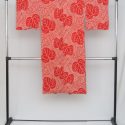
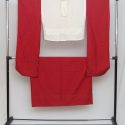
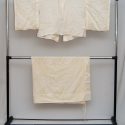
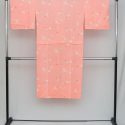
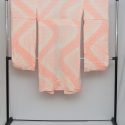
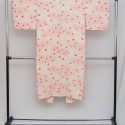
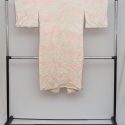











 Bebe Taian
Bebe Taian CHOKO Blog
CHOKO Blog Gion Kobu
Gion Kobu